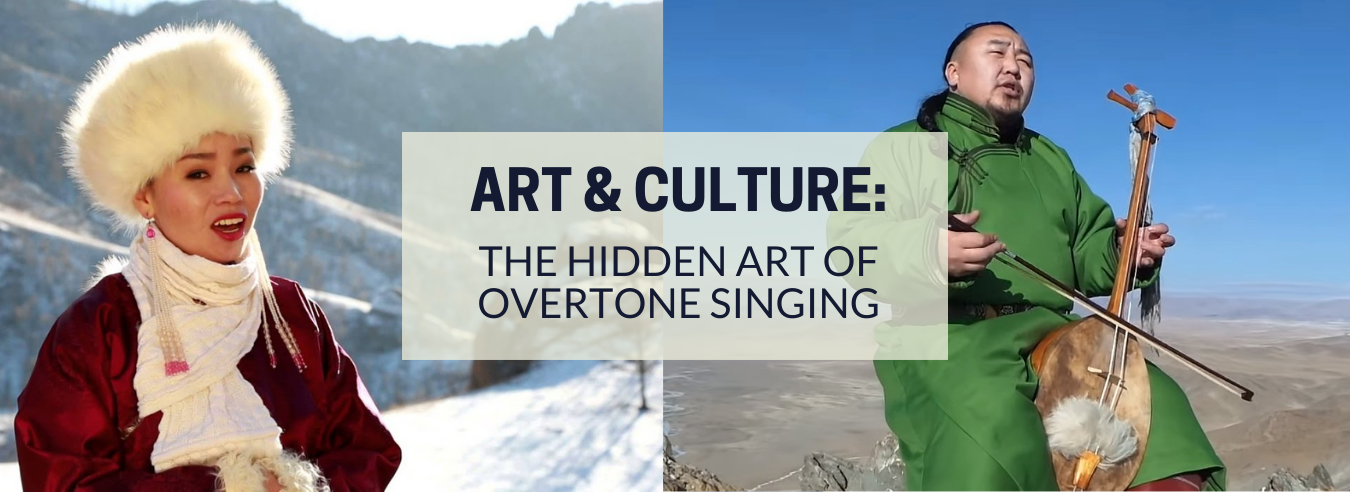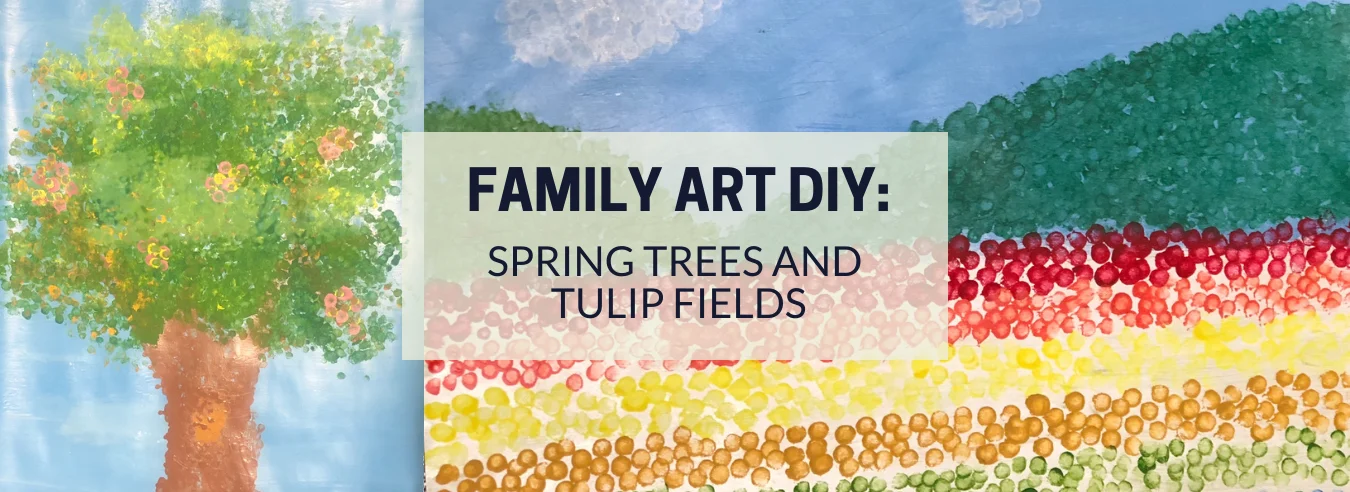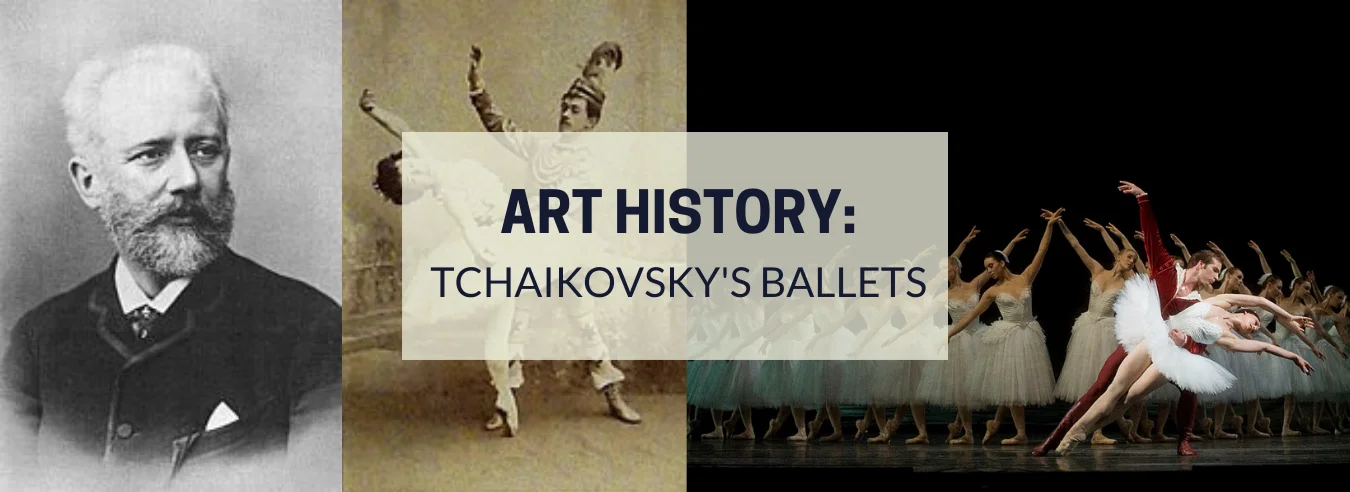With spring in the air, one usually thinks of the flowers and trees in bloom.…
The Hidden Art of Overtone Singing

The beauty of music is that it is universal: people from all cultures have felt the need to create and share their own music. In its earliest form, music was passed down orally through songs or hymns. Through this tradition, music was kept alive generation after generation.
Although music has evolved over centuries, many cultures still practice their traditional styles and teachings. Overtone singing is a unique, incredibly challenging style of singing that exists in various parts of the world. The regional differences that have emerged over the years make overtone singing highly sought-after for lovers of both culture and music.
To discover the hidden art of overtone singing, we’ll take a trip to different countries around the world.
Orgilmaa B’s style of overtone singing is often compared to Auto-Tune or a bird’s song.
What is Overtone Singing?
Certain styles of overtone singing, such as the kind performed by Orgilmaa B, is so peculiar to the human ear, that many liken it to hearing a bird’s call. In nature, most birds are able to sing two different tones at the same time because of a vocal organ called the “syrinx.” Humans perform the feat of overtone singing a bit differently. By manipulating the shape of our mouth, tongue, larynx, and pharynx, we can transform a single pitch into two or more pitches. As a result, our vocal cords create more than one simultaneous sound that is both layered and complex. Overtone singing is a difficult art that takes years to perfect, but with enough training and practice, anyone is capable of doing it.
In Tuvan throat singing, the sygyt nasal style mimics the sound of the wind.
Sounds of Nature

The places where overtone singing is practiced are often rural: in the mountains, or wide-open plains. People who are keeping overtone singing alive by honoring and preserving their culture through this special kind of folk music, live in these areas. Some styles of overtone singing are said to mimic the sounds of nature. In Tuvan throat singing, for example, the sygyt style produces a nasal, high-frequency sound that is likened to the wind blowing. The deep kargyraa growling style, on the other hand, conjures up images of a fierce tiger or rolling thunder when heard. Overtone singing is often accompanied by regional instruments, which typically includes flutes and guitars. The vocal sound is so unique, however, that it always takes center stage.
Overtone Origins
Overtone singing is believed to have originated in Mongolia. Although it has appeared throughout various parts of the world, there is a high concentration of people who still practice the art there. In Mongolia, the most popular style is called “khöömii,” which roughly translates to “throat singing.” Many who practice khöömii consider it to be more like playing an instrument than singing. With this in mind, it is easier to categorize the various styles of throat singing within khöömii. From the whistle khöömii that sounds like a type of wind instrument to the guttural khöömii and its deep percussive sounds, they are wide-ranging in effect. Throat singers spend years training the muscles in their throats and perfecting the breathing required to perform. Their dedication is often driven by their desire to keep the art form alive for future generations.
Around the World
Like Mongolia, the Republic of Tuva in Southern Russia continues the tradition of throat singing. Their style makes use of what they call “chest voice” or “khorekteer.” In Tuvan singing, the chest voice is the foundation from which springs various styles. In Tibet, throat singing is part of the Buddhist monk’s teachings. Many of their religious ceremonies include overtone chants that become even more mesmerizing when they are performed in a group. The people of Sardinia in Italy practice a kind of polyphonic singing that is performed in a quartet. In a “cantu a tenòre,” four male singers stand in a circle with each singing at a different pitch. Their distinct voices, layered with overtone techniques, create a beautiful harmony unlike anything you’ve heard before.
Overtone singing truly shines in Italy’s cantu a tenòre tradition.
Women and Overtone Singing
Although in many cultures throat singing has traditionally been a male activity, this is not true across the board. The Inuit people of Canada have a long-standing history of female throat singing. It began as a back and forth breathing game while the men were on hunting trips. Two women would stand facing each other, and when one woman created a rhythmic sound, the other would respond. The first to run out of breath or fail to keep up with the rhythm would lose. In South Africa, a similar call-and-response throat singing is performed by the Thembu Xhosa women. Throughout Asia, female folk singers have become popular while incorporating overtone styles and techniques. The aforementioned artist Orgilmaa B often uses a subset of throat singing known as “long song” in her music. Her voice is so impressive, that it took TikTok by storm last year when an eleven-second clip of her singing garnered over five million views.
Artists such as Orgilmaa B incorporate overtone into their folk songs to great effect.
Sharing of Cultures
When Orgilmaa reached such an enormous audience on an app made popular for dance challenges and comedic sketches, it proved that there is a desire within people to learn about and appreciate other cultures. Cultures around the world are doing all they can to ensure that future generations will continue to learn and pass on traditions such as overtone singing with deep-rooted pride and understanding.



